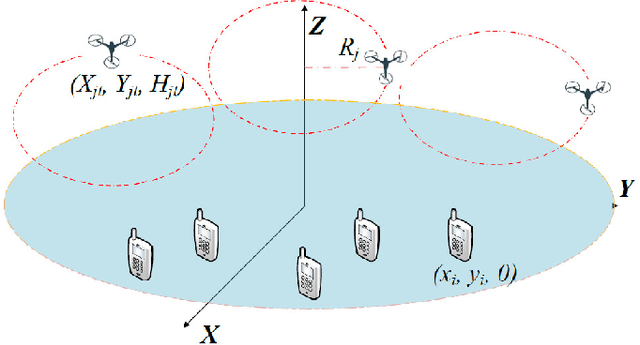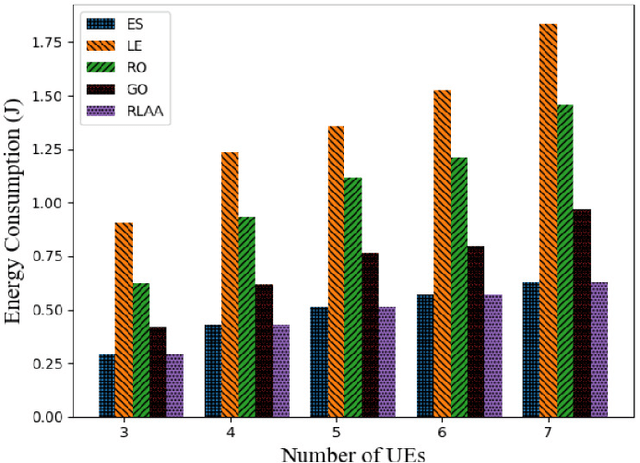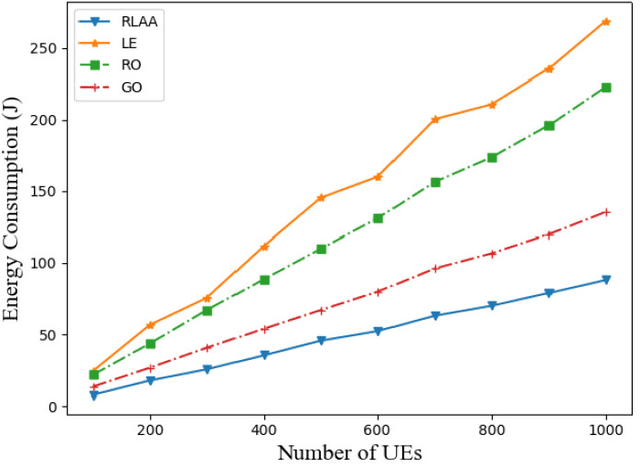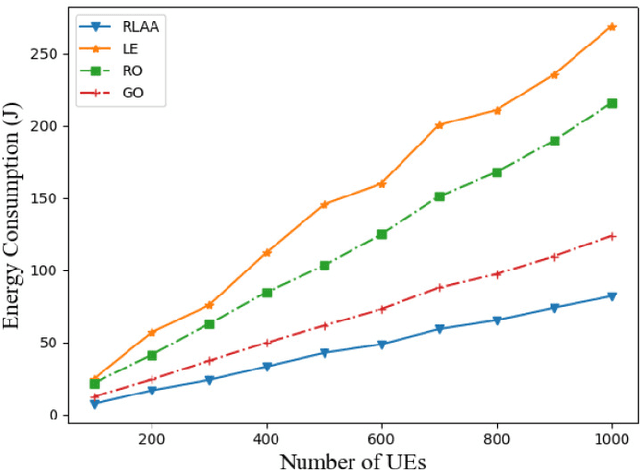Guopeng Zhang
Price-Discrimination Game for Distributed Resource Management in Federated Learning
Aug 26, 2023Abstract:In vanilla federated learning (FL) such as FedAvg, the parameter server (PS) and multiple distributed clients can form a typical buyer's market, where the number of PS/buyers of FL services is far less than the number of clients/sellers. In order to improve the performance of FL and reduce the cost of motivating clients to participate in FL, this paper proposes to differentiate the pricing for services provided by different clients rather than simply providing the same service pricing for different clients. The price is differentiated based on the performance improvements brought to FL and their heterogeneity in computing and communication capabilities. To this end, a price-discrimination game (PDG) is formulated to comprehensively address the distributed resource management problems in FL, including multi-objective trade-off, client selection, and incentive mechanism. As the PDG is a mixed-integer nonlinear programming (MINLP) problem, a distributed semi-heuristic algorithm with low computational complexity and low communication overhead is designed to solve it. The simulation result verifies the effectiveness of the proposed approach.
Training Latency Minimization for Model-Splitting Allowed Federated Edge Learning
Jul 21, 2023



Abstract:To alleviate the shortage of computing power faced by clients in training deep neural networks (DNNs) using federated learning (FL), we leverage the edge computing and split learning to propose a model-splitting allowed FL (SFL) framework, with the aim to minimize the training latency without loss of test accuracy. Under the synchronized global update setting, the latency to complete a round of global training is determined by the maximum latency for the clients to complete a local training session. Therefore, the training latency minimization problem (TLMP) is modelled as a minimizing-maximum problem. To solve this mixed integer nonlinear programming problem, we first propose a regression method to fit the quantitative-relationship between the cut-layer and other parameters of an AI-model, and thus, transform the TLMP into a continuous problem. Considering that the two subproblems involved in the TLMP, namely, the cut-layer selection problem for the clients and the computing resource allocation problem for the parameter-server are relative independence, an alternate-optimization-based algorithm with polynomial time complexity is developed to obtain a high-quality solution to the TLMP. Extensive experiments are performed on a popular DNN-model EfficientNetV2 using dataset MNIST, and the results verify the validity and improved performance of the proposed SFL framework.
RL-Based User Association and Resource Allocation for Multi-UAV enabled MEC
Apr 08, 2019



Abstract:In this paper, multi-unmanned aerial vehicle (UAV) enabled mobile edge computing (MEC), i.e., UAVE is studied, where several UAVs are deployed as flying MEC platform to provide computing resource to ground user equipments (UEs). Compared to the traditional fixed location MEC, UAV enabled MEC (i.e., UAVE) is particular useful in case of temporary events, emergency situations and on-demand services, due to its high flexibility, low cost and easy deployment features. However, operation of UAVE faces several challenges, two of which are how to achieve both 1) the association between multiple UEs and UAVs and 2) the resource allocation from UAVs to UEs, while minimizing the energy consumption for all the UEs. To address this, we formulate the above problem into a mixed integer nonlinear programming (MINLP), which is difficult to be solved in general, especially in the large-scale scenario. We then propose a Reinforcement Learning (RL)-based user Association and resource Allocation (RLAA) algorithm to tackle this problem efficiently and effectively. Numerical results show that the proposed RLAA can achieve the optimal performance with comparison to the exhaustive search in small scale, and have considerable performance gain over other typical algorithms in large-scale cases.
 Add to Chrome
Add to Chrome Add to Firefox
Add to Firefox Add to Edge
Add to Edge